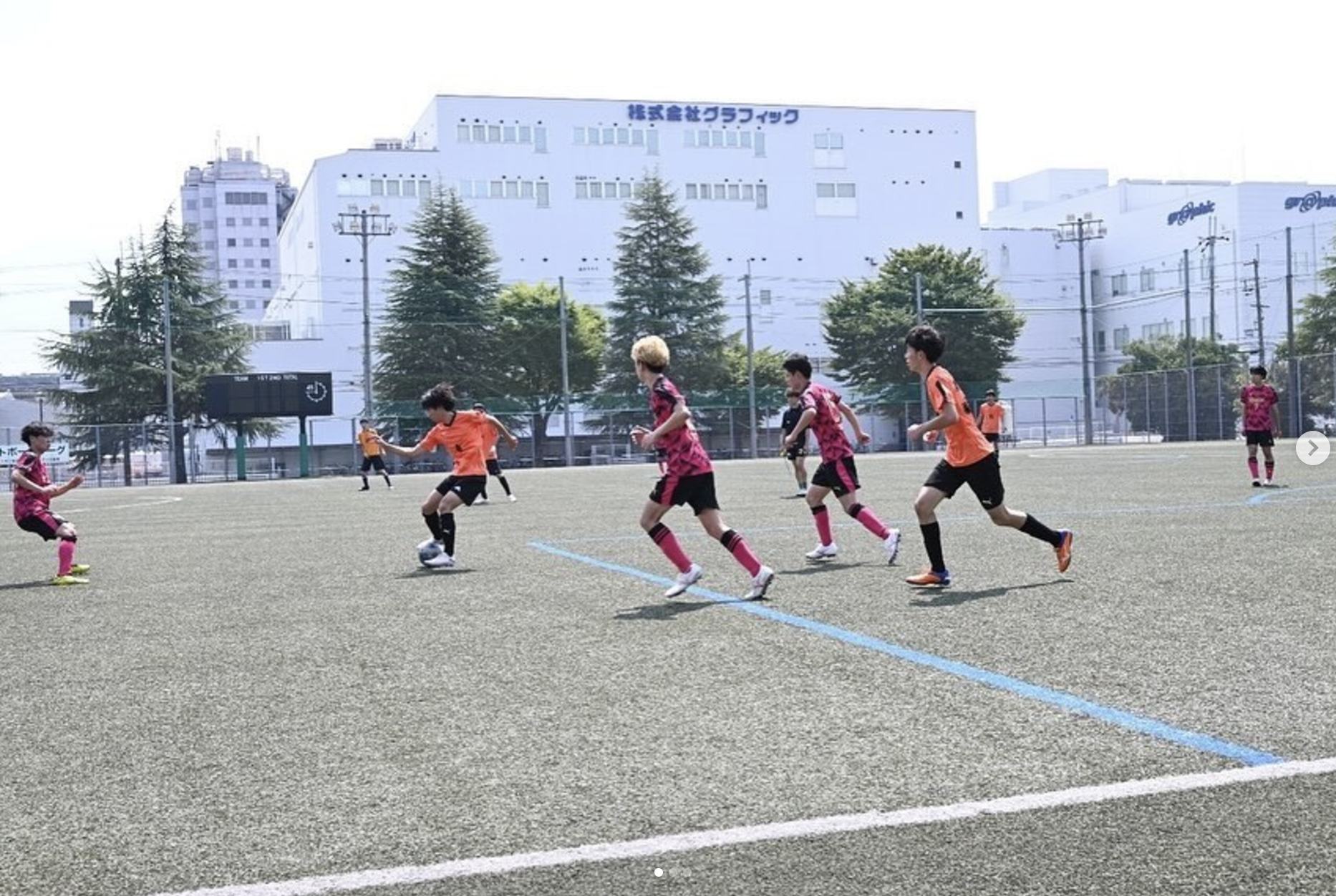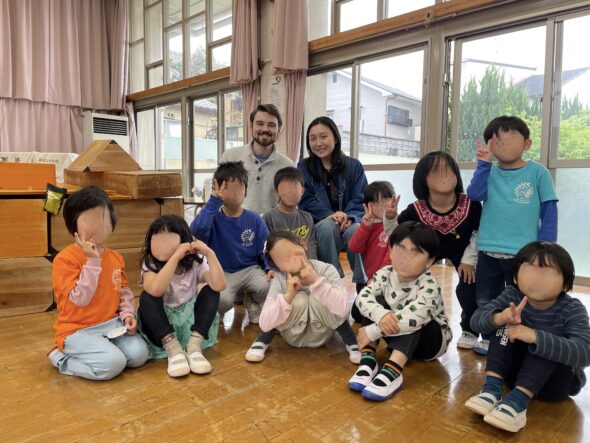This semester I volunteered as an assistant English teacher at a school in Ōhara, a small town nestled in the mountains north of Kyōto. Through this experience I’ve reflected deeply on my own rural American upbringing, learned about Japanese school culture, and most importantly: I had fun! My advice to incoming students would be to choose an activity outside of your comfort zone, but still aligned with your interests or experiences. I’ve had many jobs working with kids so I knew I would enjoy my CIP, but it was still unlike anything I’d done before and it’s something I’ll never forget.
「未分類」カテゴリーアーカイブ
Theodore Chen: Sieg F.C.

For my CIP, I joined Sieg FC, a soccer circle at Kyoto University. For clarification, soccer clubs work different in Japan, with the official university team being referred to as the “soccer club” (サッカー部) and unofficial ones (often several) being referred to as “soccer circles” (サッカーサークル). We met 1 – 3 times a week and I was able to play in a game against another circle from a different university in Kyoto. The level of play would be comparable to a Sunday league in the US, and that was about how serious everyone took it as well.
It was a bit difficult to find a club to join at first, but I was able to join Sieg because my conversation partner was already in it, and he essentially acted as a reference to get the schedule and start going to practices. I had been largely ignored/dodged when I tried to express interest in other soccer clubs, so I’d recommend going along a similar route I did in order to join one if you are interested. I think this is just due to the fact that the students aren’t sure if an exchange student would be able to fit in due to the language barrier, so with somebody who already knows you it is much easier.
I really enjoyed my time with the club, and although it was slow getting started and a bit awkward talking to everyone, over time I got to know a few people and it was really cool getting a glimpse into soccer culture in Japan as compared to the US. Regardless, soccer is still soccer no matter where you go, so it was a great avenue to get to know other Japanese students through that common ground.
Compared to other activities however, I think joining a club, especially a sports one, places the responsibility of interacting with people and making friends on you. Although it’s good I didn’t feel like I was treated differently, it meant I had to go out of my way to get to know people, which actually ended up being good Japanese practice.
Will Johnson: Volunteering at Fukakusa Kindergarten

At Fukakusa Kindergarten I got the opportunity to play and interact with the students for a couple hours each week, doing things like solve puzzles, build LEGOs, and play card games. If you’re looking for a place to work with younger Japanese students, Fukakusa is great, and you get the chance to work with some Japanese students in English as well!
My experience at Fukakusa was different than what I thought it would be at first, a place where I would primarily use English and teach it to Japanese students. However, it turned into a place that was challenging for me with regard to my Japanese skills, as well as a great opportunity to learn about the culture of the Japanese education system. The staff there are amazing and do a great job of making you feel welcome and will help you out with any trouble you have!
